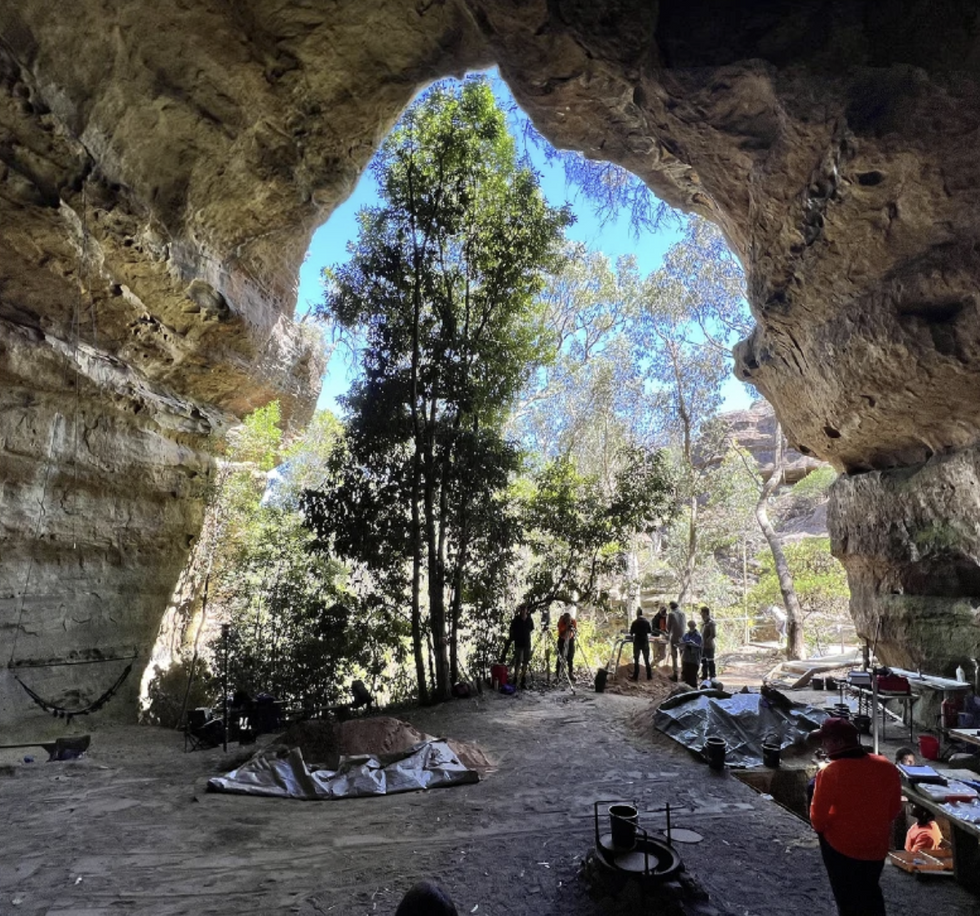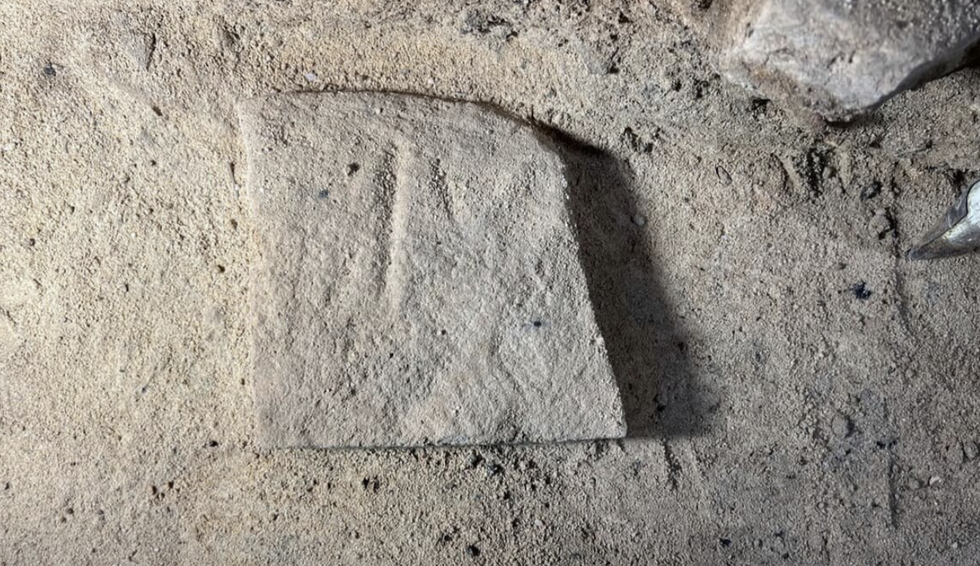Archaeology breakthrough unearth rare ice age artefacts as remarkable migration habits of early humans revealed

The location of the Dargan Shelter is being kept secret to protect it
Don't Miss
Most Read
Latest
Archaeologists have discovered rare Ice Age artefacts in an Australian cave that fundamentally challenge our understanding of early human migration patterns.
The groundbreaking find at Dargan Shelter in the Blue Mountains, west of Sydney, has provided definitive proof that ancient peoples occupied this frigid high-altitude site 20,000 years ago.
The excavation, conducted by researchers from the Australian Museum, University of Sydney and Australian National University alongside First Nations community members, unearthed 693 stone artefacts at an elevation of 1,073 metres.
This discovery represents the oldest evidence of human occupation above 700 metres in Australia, overturning long-held beliefs about prehistoric migration capabilities.

Inside the cave in Blue Mountains, Australia
|DR AMY WAY
The findings, published in the journal Nature Human Behaviour, reveal that ancient peoples inhabited this periglacial landscape despite temperatures at least 8.2C cooler than today.
During the last Ice Age, the upper Blue Mountains above 600 metres would have been treeless and seasonally frozen, with sparse vegetation and limited firewood.
The excavation uncovered prehistoric tools likely used for cutting or scraping, along with hearth features preserved in remarkable condition.
Chemical analysis of the stone artefacts indicates that whilst most claystone tools were made locally, at least one originated from the Jenolan Caves area approximately 50km away.
This evidence demonstrates that early humans were travelling significant distances across the mountains during the height of the last Ice Age.
LATEST DEVELOPMENTS

A sandstone slab
|DR AMY WAY
Archaeologist Wayne Brennan from the University of Sydney said: "Until now, we thought the Australian high country was too difficult to occupy during the last ice age...Yet, despite the harsh conditions, our research demonstrates people were moving in and through this high elevation landscape, which is approximately 400m above the treeline."
Study author and Dharug woman Leanne Watson Redpath emphasised the site's enduring cultural significance.
"Our people have walked, lived and thrived in the Blue Mountains for thousands of years and we knew the cave was there," she said.
"It is not only a tangible connection to our ancestors who used it as a meeting place for sharing, storytelling and survival, but is a part of our cultural identity."
The research team, which included First Nations members from the Dharug, Wiradjuri, Dharawal, Gomeroi, Wonnarua and Ngunnawal groups, hopes their findings will lead to better heritage protection.
Whilst the Blue Mountains holds Unesco World Heritage status for its flora and fauna, researchers note there are currently no safeguards for indigenous cultural heritage.
"We need to respect and protect our heritage for the benefit of all Australians," Watson Redpath said.
The discovery aligns Australia with global data showing glacial landscapes were not necessarily barriers to early human movement.
Associate Professor Duncan Wright from ANU noted the findings offer "rare and valuable insights into the early settlement of southeast Australia."
The cave's exact location remains undisclosed to protect its cultural significance.











